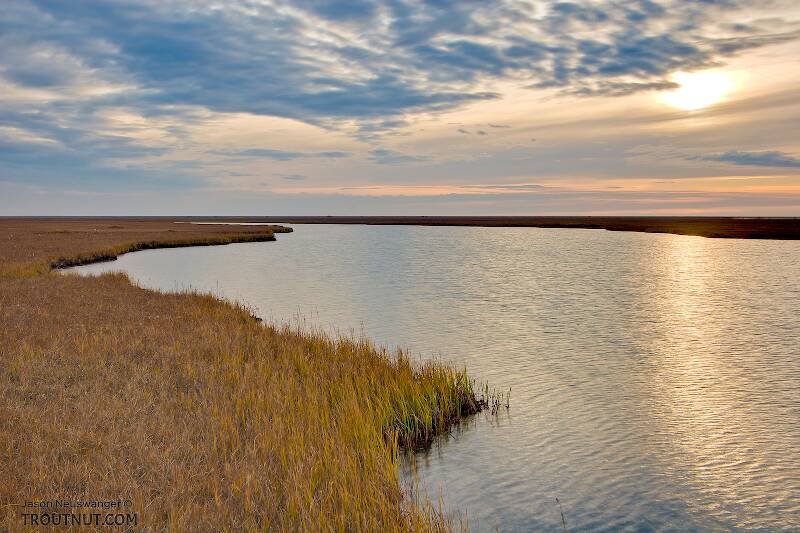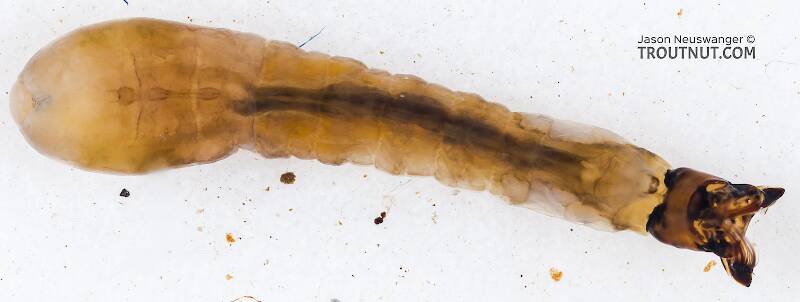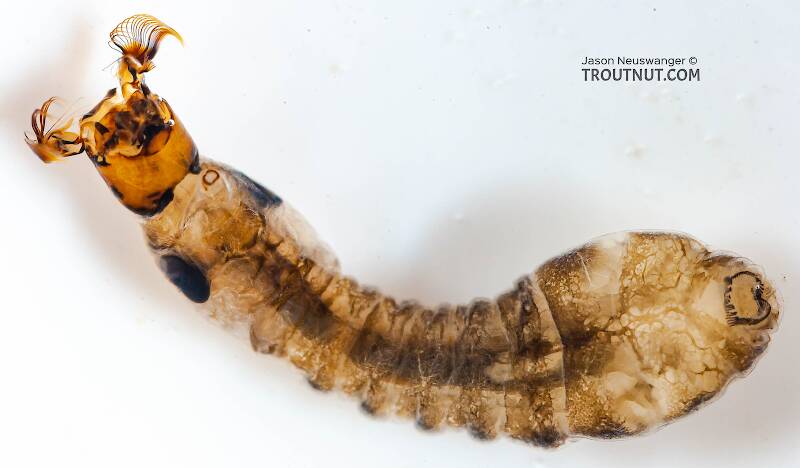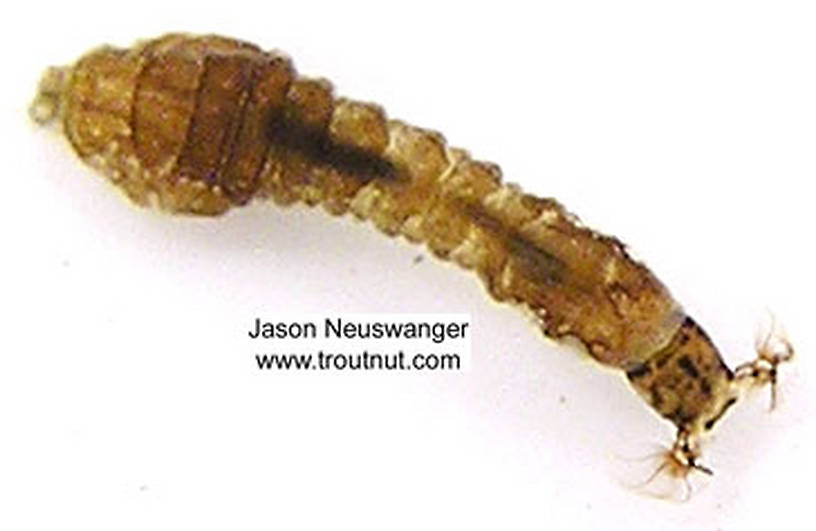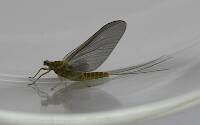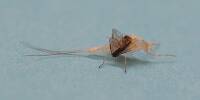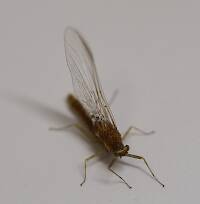
Salmonflies
Pteronarcys californica
The giant Salmonflies of the Western mountains are legendary for their proclivity to elicit consistent dry-fly action and ferocious strikes.
Featured on the forum


Troutnut is a project started in 2003 by salmonid ecologist Jason "Troutnut" Neuswanger to help anglers and
fly tyers unabashedly embrace the entomological side of the sport. Learn more about Troutnut or
support the project for an enhanced experience here.
This topic is about the True Fly Family Simuliidae
Black flies are not usually regarded as important trout fare, but scientific studies of some rivers have shown them to make up the majority of the trout's diet. Such places are few and far between, but anglers should be aware of the possibility and keep a lookout for high concentrations of the larvae.The adults are nasty, annoying, biting flies.
Example specimens
Jpsully on Sep 15, 2006September 15th, 2006, 1:13 pm EDT
Jason:
Very nice site, indeed!
Just wanted to acknowledge your assistance and say thanks for your help in identifying a bug I happened to seine out of the Upper Delaware this week - on a drizzly afternoon, there were tiny BWO's coming off in small numbers; but also present (in greater numbers) was a size 24/26 down-winged light-olive insect, with black mottling, that I had not seen before. They rode the current for quite a while, and the trout were quietly sipping them. After describing the fly (as best I could), you were able to provide photos, along with the suggestion that these were "blackflies" (Simulidae). I had no idea that these flies were present in the Delaware system, but will certainly carry a few imitations from now on (just in case).
JP
Very nice site, indeed!
Just wanted to acknowledge your assistance and say thanks for your help in identifying a bug I happened to seine out of the Upper Delaware this week - on a drizzly afternoon, there were tiny BWO's coming off in small numbers; but also present (in greater numbers) was a size 24/26 down-winged light-olive insect, with black mottling, that I had not seen before. They rode the current for quite a while, and the trout were quietly sipping them. After describing the fly (as best I could), you were able to provide photos, along with the suggestion that these were "blackflies" (Simulidae). I had no idea that these flies were present in the Delaware system, but will certainly carry a few imitations from now on (just in case).
JP
Quick Reply
Related Discussions
Topic
Replies
Last Reply
4
Apr 12, 2014
by Brookyman
by Brookyman
3
Dec 22, 2007
by Creno
by Creno

